I am trying to figure out what the time complexity of this simple program is, but I can't seem to understand what would be the best way to do this.
I have written down the time complexity side by side for each line
1 public int fnA (int n) {
2 int sum = 0; O(1)
3 for (int i = 0; i < n; i++) { O(n)
4 int j = i; O(n)
5 int product = 1; O(1)
6
7 while (j > 1) { O(n)
8 product ∗= j; O(log n)
9 j = j / 2; O(log n)
10 }
11 sum += product; O(1)
12 }
13 return sum; O(1)
14 }
Am I correct to assume these running times and that the final running time is: O(n)
If not, would somebody be able to explain where it is I am going wrong?
Overall:
1 + n + n + 1 + n + logn + logn + 1 + 1
= 3n + 2logn + 4
Final: O(n)
